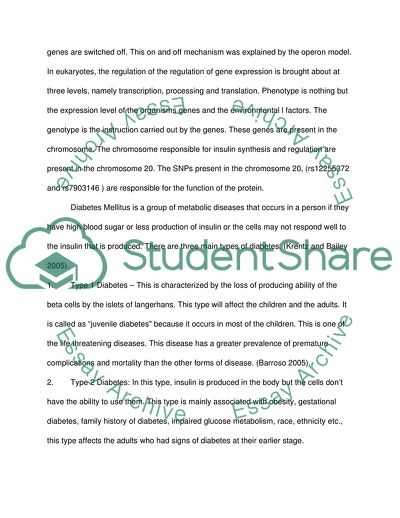Cite this document
(Regulation of Gene Expression Case Study Example | Topics and Well Written Essays - 1500 words, n.d.)
Regulation of Gene Expression Case Study Example | Topics and Well Written Essays - 1500 words. https://studentshare.org/health-sciences-medicine/1745415-gene-expression-and-isolation
Regulation of Gene Expression Case Study Example | Topics and Well Written Essays - 1500 words. https://studentshare.org/health-sciences-medicine/1745415-gene-expression-and-isolation
(Regulation of Gene Expression Case Study Example | Topics and Well Written Essays - 1500 Words)
Regulation of Gene Expression Case Study Example | Topics and Well Written Essays - 1500 Words. https://studentshare.org/health-sciences-medicine/1745415-gene-expression-and-isolation.
Regulation of Gene Expression Case Study Example | Topics and Well Written Essays - 1500 Words. https://studentshare.org/health-sciences-medicine/1745415-gene-expression-and-isolation.
“Regulation of Gene Expression Case Study Example | Topics and Well Written Essays - 1500 Words”. https://studentshare.org/health-sciences-medicine/1745415-gene-expression-and-isolation.


